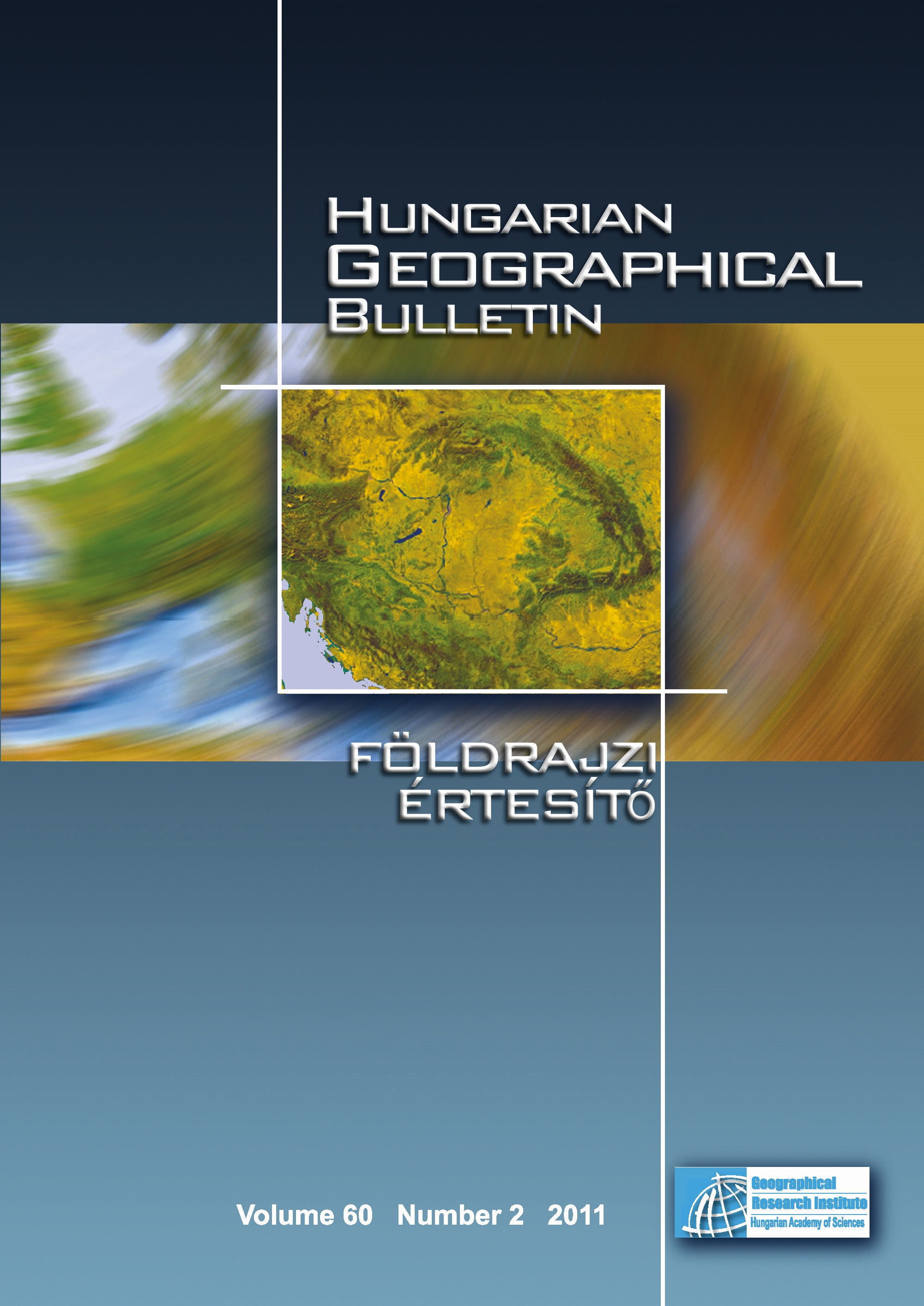Ethnic residential segregation in three cities of Northwest Romania
Abstract
While ethnic residential segregation research is still current in Western Europe and in North America, there are only few studies about urban ethnic patterns of the former state socialist countries. This article is an att empt to contribute with an analysis of three cities (Oradea, Satu Mare, Baia Mare) in Northwest Romania. As no census data are available below the settlement level, there were used the results of the Hungarian ethnic party achieved at Romanian parliamentary elections. Based on this method the spatial position of the Hungarian inhabitants could be drawn, while fi eld work helped to map the distribution of the Roma population.
The result is a ‘quasi-segregated’ situation: there exist parts of the cities, where the otherwise minority ethnic group Hungarians live as local majority, but their distribution is rather uniform. The residential segregation of Roma is spectacular, but due to the lack of data it cannot be quantified.
Copyright (c) 2011 Patrik Tátrai

This work is licensed under a Creative Commons Attribution-NonCommercial-NoDerivatives 4.0 International License.






